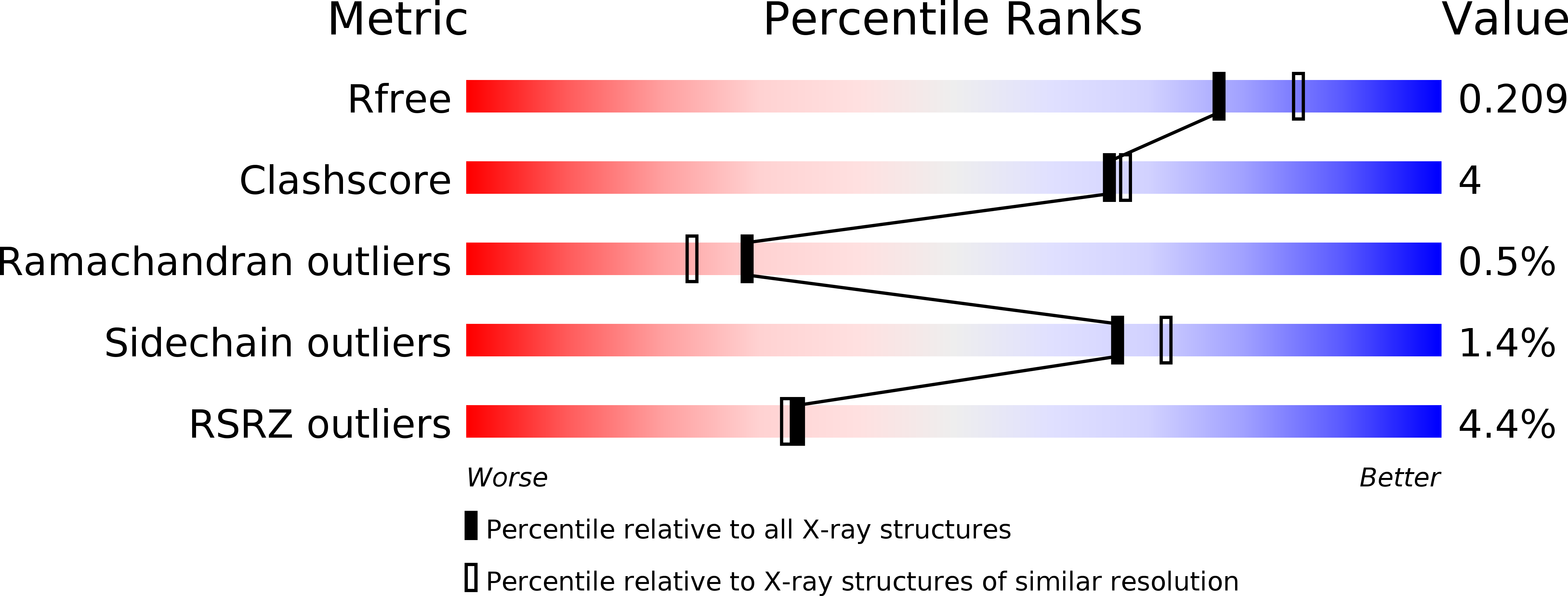
Deposition Date
2001-03-22
Release Date
2002-10-30
Last Version Date
2023-08-09
Entry Detail
PDB ID:
1IA7
Keywords:
Title:
CRYSTAL STRUCTURE OF THE CELLULASE CEL9M OF C. CELLULOLYTICIUM IN COMPLEX WITH CELLOBIOSE
Biological Source:
Source Organism:
Clostridium cellulolyticum (Taxon ID: 1521)
Host Organism:
Method Details:
Experimental Method:
Resolution:
2.00 Å
R-Value Free:
0.22
R-Value Work:
0.16
Space Group:
P 1 21 1


